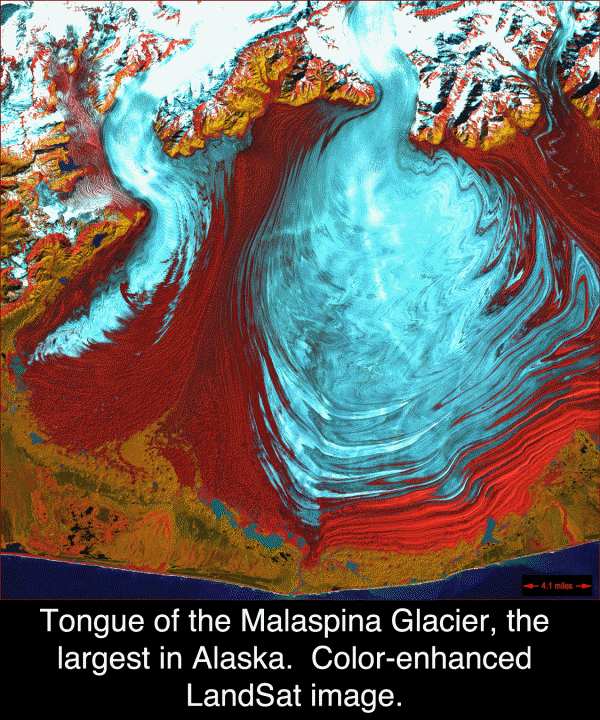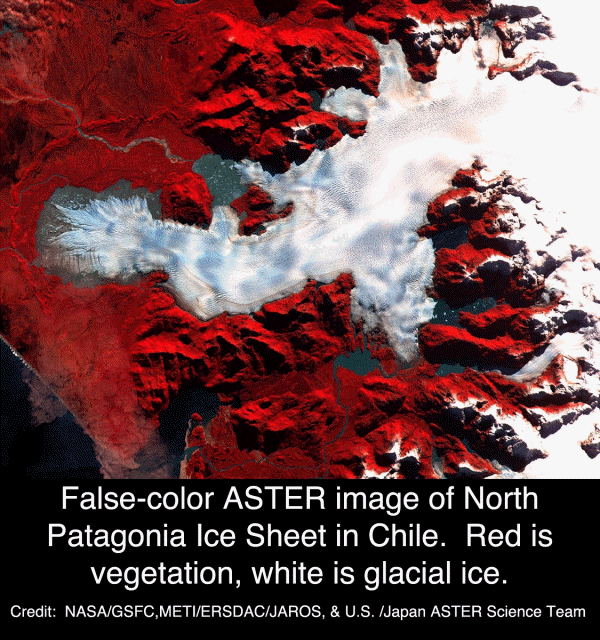
DECEMBER 2005

climate summit in Montreal opens
Excerpts from press releases
The opening saw the launch of the first ever meeting of the 157 Parties to the Kyoto\par Protocol (COP/MOP1). At the same time, it was the opening of the 11th Conference of the 189\par Parties to the United Nations Framework Convention on Climate Change (COP 11).
“Governments are acting decisively to fully implement the Climate Change Convention and are determined to meet their commitments under the Kyoto Protocol. We need to improve on current efforts to limit emissions and to look at innovative ways in which people can work together to protect the climate for the future,” President Stéphane Dion said. “In my discussions with countries from around the world over the past eight months, it has become clear that there is a growing sense of the need for action. Individual citizens and their governments have underlined their concerns about rising energy prices, energy security, and the growing scientific evidence of the impact of climate change.” “All sectors of society can play a role in support of the work of national governments,” Mr. Dion said. “The Montreal conference will be attended by thousands of delegates as well as observers from environmental groups, scientific organizations, the business community and representatives of municipal, provincial and state governments. They will discuss ways to raise awareness of the urgency for action, share best practices on reducing the causes of climate change, explore new business opportunities from sustainable technologies, and consider how to better prepare for the devastating impacts of climate change on human security, infrastructure, and natural resources.” Richard Kinley, acting head of the UN Climate Change Secretariat in Bonn, Germany, called on governments to give the 1997 Kyoto Protocol the necessary backing to generate more investment in climate-friendly technology. “The launch of the carbon market has provided effective incentive to the private sector and governments at all levels to reduce their environmental footprint,” said Mr. Kinley. “The Montreal conference will help solidify
those opportunities.UNFCCC publication
Thousands of scientists, officials and environmentalists are attending 12 days of talks. BBC
They will look at what measures will follow in 2012 when Kyoto expires.
As host government, Canada is trying to find a formula which would enable the US, other industrialised countries and the developing nations to unite under a combined statement on future action.
Because the US has not ratified Kyoto, it will take no formal part in discussions held under its provisions.
However, the Americans do have a place at the table in Montreal, because they are participants in the UN Framework Convention on Climate Change - the broader agreement which gave rise to the legally binding protocol.
Canadian Environment Minister Stephane Dion told the BBC he was interested in seeking a rapprochement amongst countries with different views on the best approach to tackling climate change.
UK government officials, negotiating on behalf of the EU as Britain holds the current presidency, are determined to use the Montreal talks to demonstrate that binding targets on cutting greenhouse gas emissions are here to stay. They also believe flexibility will be needed in the measures developing countries may be persuaded to adopt to limit the growth in their own emissions as their economies expand. That is an extremely sensitive subject, our correspondent says.
A key measure of the success or otherwise of this conference will be if the first tentative signs emerge that countries such as China, India and Brazil are prepared even to talk about taking on formal commitments of their own in the global battle against climate change.
Current levels of the greenhouse gases carbon dioxide and methane in the atmosphere are higher now than at any time in the past 650,000 years. That is the conclusion of new European studies looking at ice taken from 3km below the surface of Antarctica.
Over a five year period commencing in 1999, scientists working with the European Project for Ice Coring in Antarctica (Epica) have drilled 3,270m into the Dome C ice, which equates to drilling nearly 900,000 years back in time.
Gas bubbles trapped as the ice formed yield important evidence of the mixture of gases present in the atmosphere at that time, and of temperature. "One of the most important things is we can put current levels of carbon dioxide and methane into a long-term context," said project leader Thomas Stocker from the University of Bern, Switzerland.
"We find that CO2 is about 30% higher than at any time, and methane 130% higher than at any time; and the rates of increase are absolutely exceptional: for CO2, 200 times faster than at any time in the last 650,000 years." BBC
Water vapour rather than carbon dioxide in the atmosphere is the main reason why Europe's climate is warming, according to a new study.
The scientists say that rising temperatures caused by greenhouse gases are increasing humidity, which in turn amplifies the temperature rise. This is potentially a positive feedback mechanism which could increase the impact of greenhouse gases such as CO2.
The research is published in the journal Geophysical
Research Letters. The scientists involved have used
research networks and weather stations across Europe to
measure temperature, humidity and longwave radiation,
which plays a key role in the greenhouse effect.
